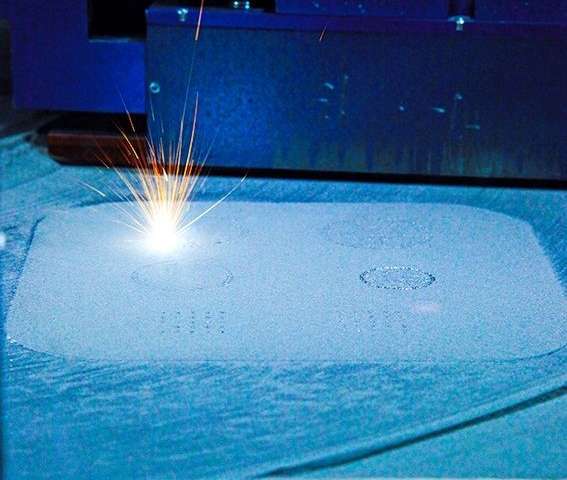Results 1 to 1 of 1
-
07-18-2016, 09:13 PM #1
Australian Universities Exploring Superconductivity of 3D Printed Objects
A research team from the University of Melbourne and the University of Western Australia have 3D printed a resonant microwave cavity from viaan aluminum-silicon alloy (Al-12Si) material, which successfully showcased superconductivity when cooled below the critical temperature of aluminum. The researchers found that the superconductivity of a 3D printed object is heavily dependent on the material’s grain size, which can both increase and decrease the critical temperature needed to reach superconductivity. The research findings are set to be of immediate use for people looking to produce magnetic shielding for experimentation, and will also benefit any cavity experiment requiring a Q-factor measurement. Read more at 3DPrint.com: https://3dprint.com/142733/superconductive-properties/







 Reply With Quote
Reply With Quote



Extruder not feeding during print,...
04-24-2024, 01:59 AM in Tips, Tricks and Tech Help